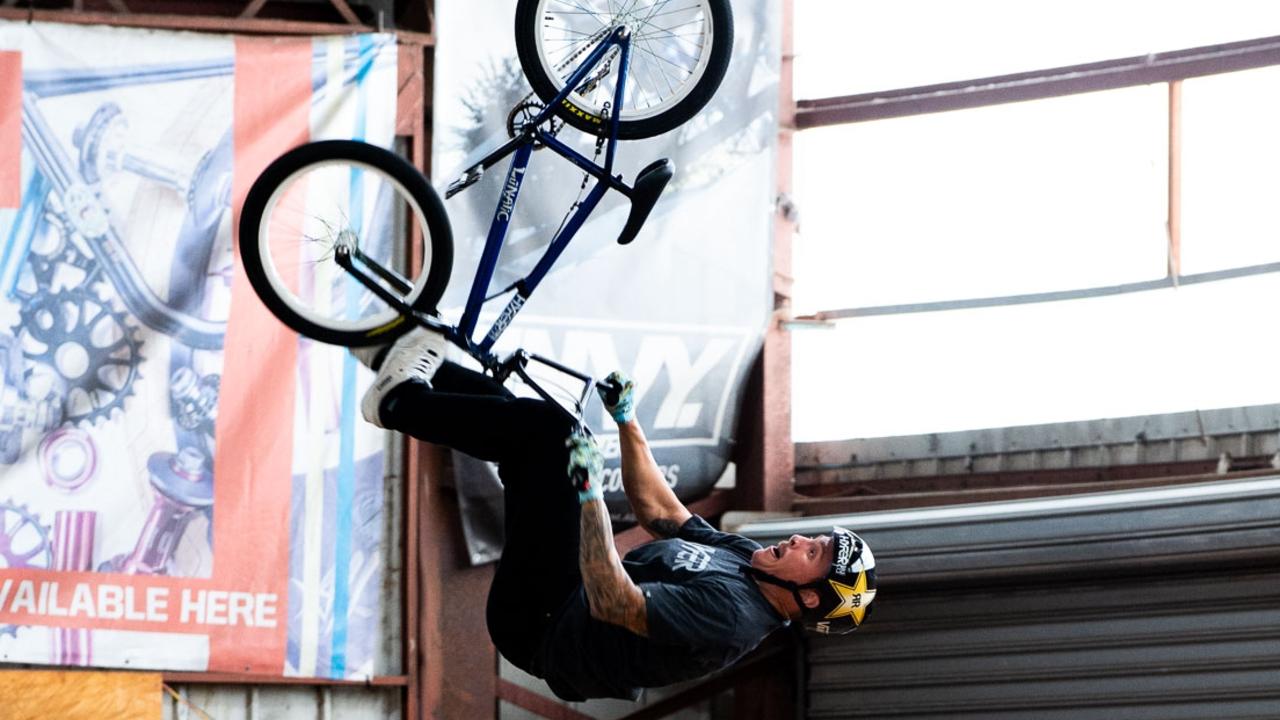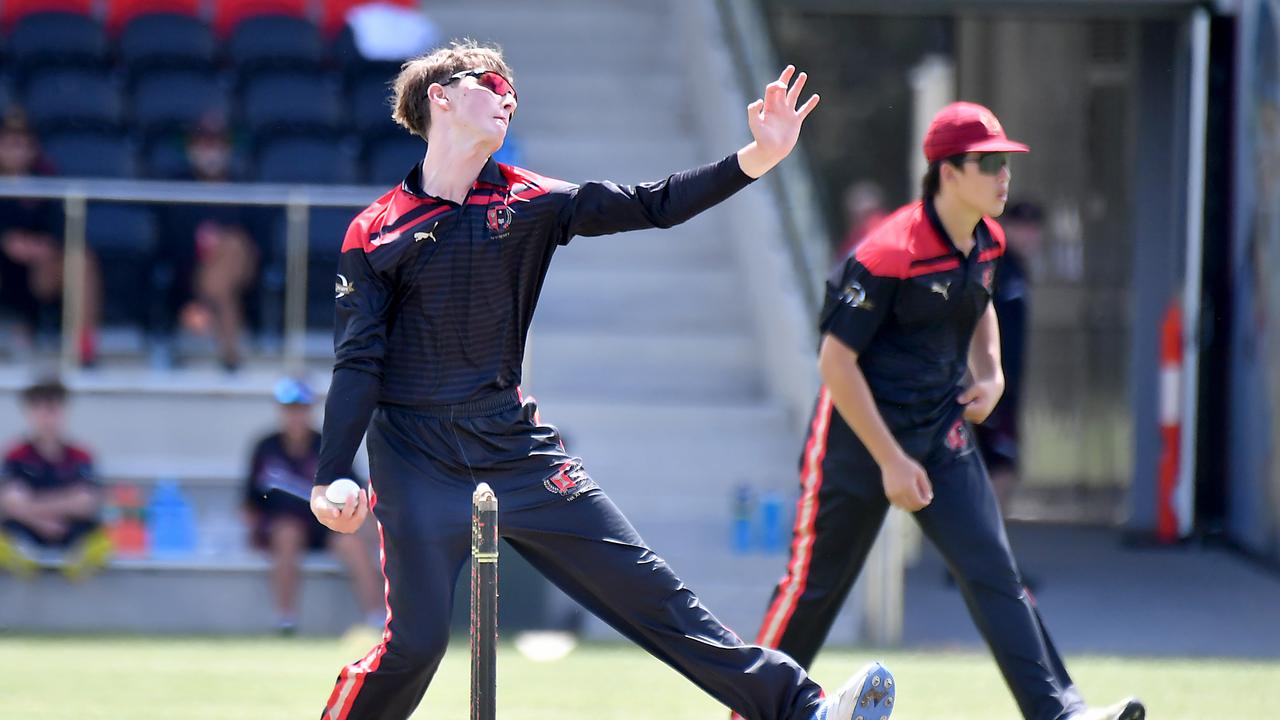Shannon Eckstein could be wearing a life jacket on his ski as early as October
THE likes of Shannon Eckstein and Liz Pluimers could be forced to wear a life jacket when they compete on the board or ski next surf life saving season.
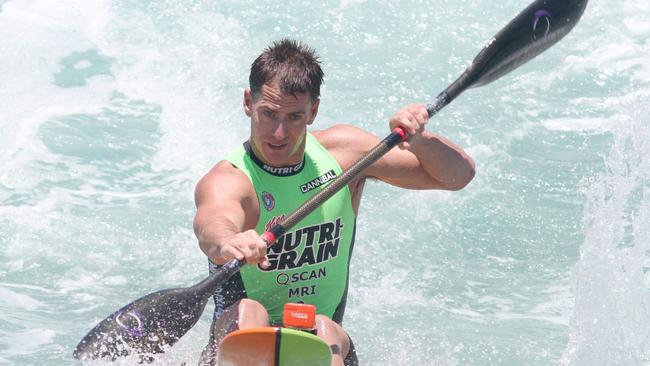
Sport
Don't miss out on the headlines from Sport. Followed categories will be added to My News.
THE likes of Shannon Eckstein and Liz Pluimers could be forced to wear a life jacket when they compete on the board or ski next surf life saving season.
Surf Life Saving Australia has not ruled out including elite athletes in the list of competitors made to wear mandatory Personal Protective Equipment (PPE) on crafts (board and ski) as of October.
Pluimers, the reigning Nutri-Grain Ironwoman Champion Liz, said as long as the decision to wear PPE jackets was based on the conditions in the water, she would be happy to chuck one on.
“I guess in surf life saving it’s always safety first,” she said.
“I’ve almost drowned in a training session before just from losing my craft and landing on another person’s board when the surf was massive.
“I guess it just depends on the conditions and how big it has to be before you wear one.”
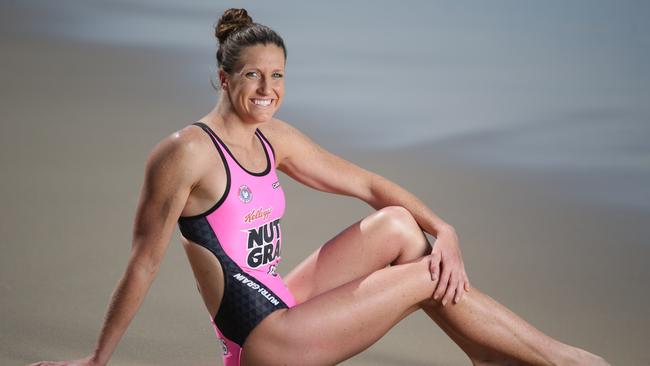
Ironman legend and reigning Australian champion Shannon Ecksteins said he too would be happy to wear a life jacket if the conditions were deemed unsafe.
Surf Life Saving Australia’s general manager capability and capacity Greg Meagher said everything was on the table when it came to surf safety.
“We’ve been going through a process this summer of developing what’s called the surf hazard rating system which has been used in the surf boats,” he said.
“It’s an objective method of identifying when the conditions are such that we need to Personal Protective Equipment.
“How that’s rolled out and the level of competition that includes ... is what we’re considering at the moment.”
Mr Meagher said the first step of surf life saving’s safety upheaval began with the implementation of helmets in the surf boats category..
“The mandatory use of helmets in surf boats was introduced as a trial I think two years ago,” he said.
“The next stage of that is the introduction of life jackets — L25 life jackets into craft so that’s ski and board.”
Surf athletes unconvinced by Coroner’s call for life vests, helmets
SURF athletes are split over a Coroner’s recommendation that helmets and life vests be worn during certain events, with some declaring they don’t belong in their sport.
Three-time Nutri-Grain IronWoman Series Champion Courtney Hancock said she respected the findings from the inquest into the death of 14-year-old Matt Barclay in 2012 but said the mandatory use of jackets and helmets was not the answer.
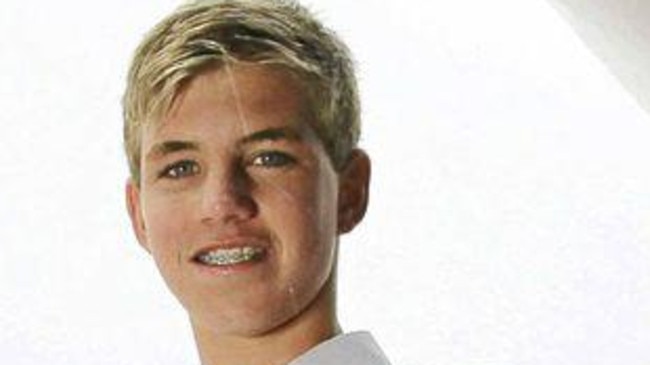
“If an under-17 … needed to put on a helmet and a life jacket to race in, I believe they shouldn’t be going out,” she said.
“If it gets to that point the surf must be absolutely huge, it must be wild, crazy conditions.
“The call should be just to postpone … I don’t believe in putting life jackets and helmets into our sport.”
State Coroner Terry Ryan yesterday recommended surf life saving make it mandatory for juniors in the 17-years age bracket and below to don life jackets and helmets during events involving a craft.
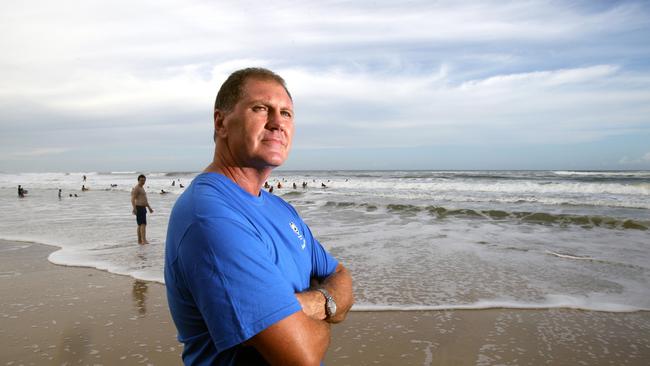
Northcliffe Surf Life Saving Club president David Shields said he had not seen a life jacket or helmet suitable for competition or recreation.
“In relation to the wearing of helmets and life jackets for any of our members we’re not in favour of that as it stands currently,” he said. “We’re not confident that there are any devices out there that we would be happy for our members to wear through surf sports or any type of activity that we undertake.’’
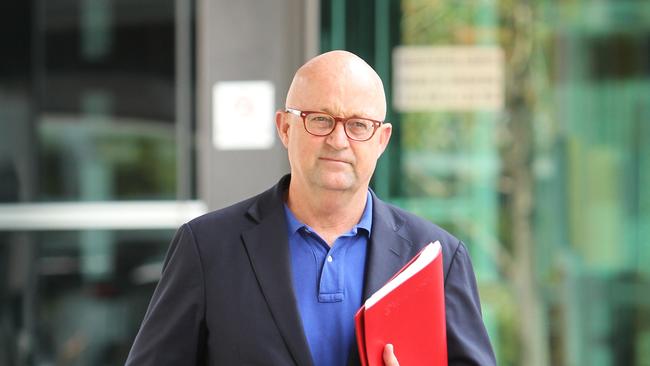
Maroochydore surf life saving spokesman Ralph Devlin, who knew Matt personally, said the club supported the recommendations.
“It’s totally appropriate from the club’s point of view,” he said.
Mr Devlin said he hoped the findings gave closure to Matt’s family who have remained involved with the club since their son’s death.
“He was just a wonderful lad and a wonderful athlete,’’ Mr Devlin said
Life Saving cleared of teenager’s death
IT was almost the exact moment the competition committee made the call to move the young surf lifesavers to another beach that they lost one.
At 3.27pm on March 28, competitors in the under-15 board race at the 2012 Australian Surf Life Saving Championships dashed into the water at the sound of the starter’s gun.
Among them was one of the event’s most promising junior competitors. Matthew Barclay was fit and strong — he’d taken out the Coolangatta Gold in his age group and was considered one of the state’s most talented young open water swimmers.
It took him only moments to push through Kurrawa’s shore break. But he spent five or six minutes trying to negotiate the much larger back break.
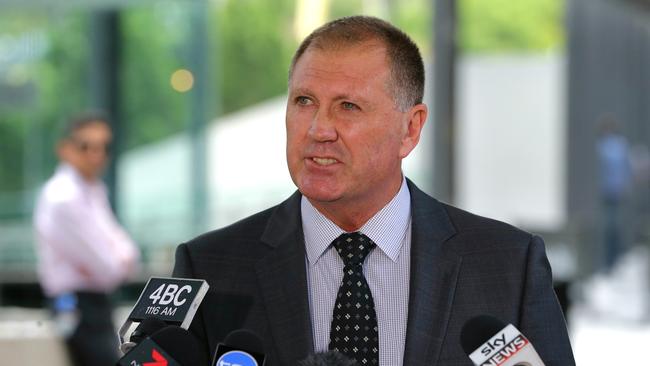
Somewhere around 3.33pm, as the minute taker for the competition committee noted they had finished their discussions, a stray board struck 14-year-old Matthew and rendered him immediately unconscious.
It would take until 9.30am the next day for rescue crews to find his body.
Yesterday, State Coroner Terry Ryan recommended all competitors aged 17 and under be required to wear helmets and life vests during any event involving craft.
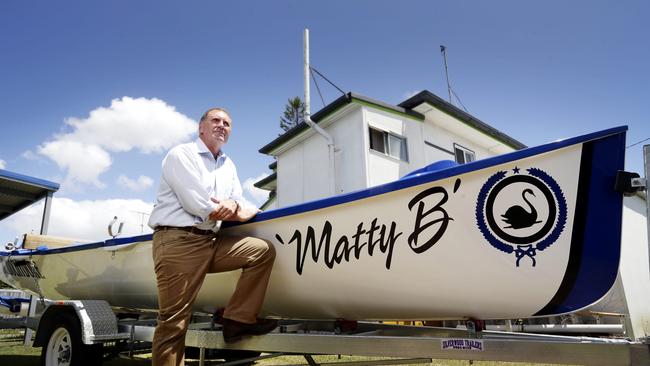
Matthew was the third competitor killed at Kurrawa during an Australian championship event.
Ironman Saxon Bird, 19, was killed two years earlier after being struck by his ski and surf boat rower Robert Gatenby, 15, was killed in heavy seas in 1996.
An inquest into Matthew’s death heard that one inflatable rescue boat had broken down and it was unclear whether there was another in the area when he entered the water for his race.
Conditions were tricky enough that some senior events — including the surf boat rowing — had already been moved to another location.
Coroner Terry Ryan said he believed Matthew died after he was hit by a board.
“I do not consider that Matthew simply drowned in the conditions at Kurrawa,” he said.
“It was clear from the evidence that there was some catastrophic event on the outer bank that caused Matthew to lose consciousness instantly.”
The coroner said there were many policies and procedures in place to determine whether it was safe to continue with competition and he believed those policies were implemented adequately.
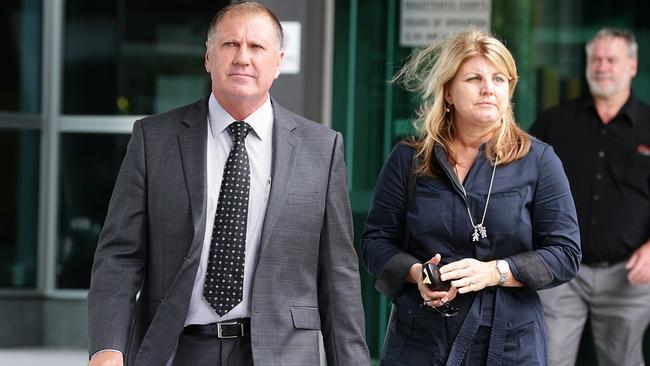
But included in his five recommendations was a requirement for a crewed rescue boat or jet ski to be on the course before competitors are allowed to enter the water.
He also recommended that Surf Life Saving Australia develop protocols to ensure safety concerns brought up by professional lifeguards are escalated.
Two council lifeguards told the inquest they’d approached officials on the day to express concerns about the safety of young competitors.
Matthew’s father Stephen said it was some comfort that Matthew was knocked unconscious and would not have struggled.
Asked whether enough had been done to look after his son on the day he died, Mr Barclay said: “No, I don’t think so.”
“We do feel let down in some ways. The coroner has made his recommendations. We accept them.”
He said junior events should have “absolutely” been moved from Kurrawa on a day when senior events had been relocated.
“He was just developing into a young man. (It’s) very sad. I don’t get to see him as a man,” Mr Barclay said.

